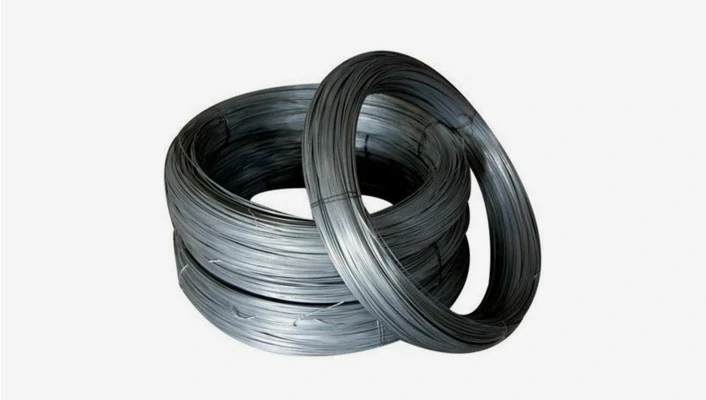nail for fence
The Importance of Nails in Building a Fence
When envisioning a sturdy fence, one often considers the type of wood, the design, and the purpose it serves, whether for privacy, decoration, or security. However, an often-overlooked detail that plays a crucial role in the construction and durability of any fence is the choice of nails. Despite their small size, nails are essential components that hold the entire structure together, making them a focal point in the process of building a robust and long-lasting fence.
Types of Nails for Fencing
There are various types of nails that can be used in fencing, each serving a different function. Commonly, galvanized nails are the go-to choice for outdoor projects, as they are coated in zinc, which helps prevent rust and weather-related wear. This characteristic is vital since fences are constantly exposed to the elements. Similarly, stainless steel nails are another great option, known for their exceptional resistance to corrosion and durability in harsh environments.
Apart from galvanized and stainless steel nails, fencing projects may also benefit from ring-shank nails. These nails have ridges or rings that provide extra grip and prevent the nails from loosening over time. This feature can be particularly beneficial if the fence is subjected to strong winds or ground shifting. Furthermore, many builders opt for spiral nails as they also provide excellent holding power due to their twisted design.
The Role of Nails in Fencing Structures
Nails serve not just as fasteners but also contribute significantly to the overall integrity of the fence. When constructing a fence, the proper selection and placement of nails can enhance stability. For instance, a well-placed nail will help to secure fence boards tightly to the frame or posts, preventing gaps that could occur over time due to settling or movement.
nail for fence

Additionally, nails help in distributing the forces that act on a fence during various conditions, such as high winds or the weight of snow accumulation. A fence built with the correct type of nails, installed effectively, is less likely to sag or buckle, ensuring it maintains its shape and function throughout its lifespan.
The Correct Technique for Nailing
While the type of nail is essential, employing the proper technique when driving them into the wood is equally important. Nails should be driven in straight and deep enough to secure the boards without splitting the wood. A hammer or nail gun should be used carefully to prevent over-driving, which could weaken the board. In circumstances where additional strength is required, pre-drilling holes for larger nails may be a good idea.
Bending or damaging nails during installation can lead to issues down the line, such as loose boards or even structural failure. Using the proper gauge of nails for the specific material of the fence is also crucial, as insufficient size can affect the holding strength and overall durability of the fence.
Maintenance and Replacement
Even with the best nails and construction techniques, some factors will lead to wear and tear over time, especially in outdoor environments. Regularly inspecting your fence for loose or damaged nails is essential in maintaining its integrity. Replacing bent or rusted nails promptly can prevent further damage and extend the fence's lifespan significantly.
In conclusion, while it might be tempting to overlook the importance of nails in the process of building a fence, they are a fundamental factor that should not be underestimated. The right choice of nails contributes to the durability, stability, and overall effectiveness of the fencing structure. Whether you're building a new fence or maintaining an existing one, paying attention to the type, technique, and maintenance of nails can make a substantial difference in the longevity and functionality of your fence. So, as you pursue your fencing project, remember it's the simple things—like nails—that hold everything together.
-
Space-Saving Chain Fence Hacks Vertical Gardening with Cyclone MeshNewsJul.16,2025
-
Innovations in Iron Nail Wire Production for Modern ConstructionNewsJul.16,2025
-
Creative Uses of Wire Netting Fence in Modern Landscape DesignNewsJul.16,2025
-
Barbed Wire Fence Innovations in Anti-Climb TechnologyNewsJul.16,2025
-
Architectural Uses of Umbrella Nails for Aesthetic Roof DesignsNewsJul.16,2025
-
Architectural Uses of Razor Barbed Wire in Secure Urban DesignNewsJul.16,2025




